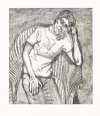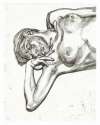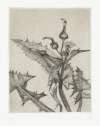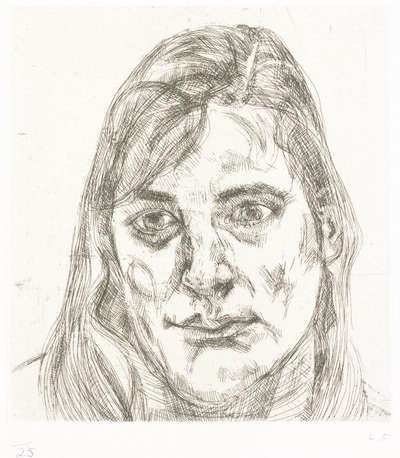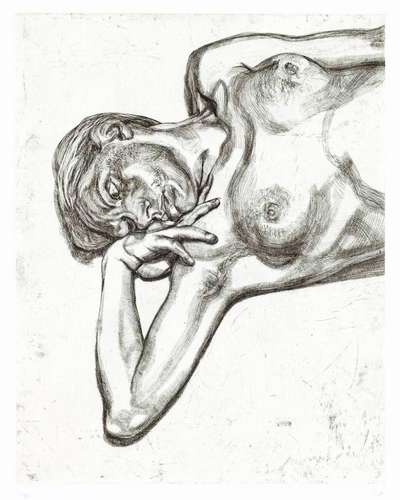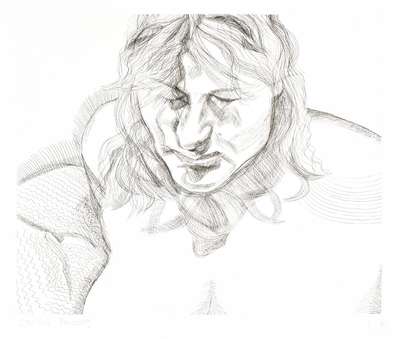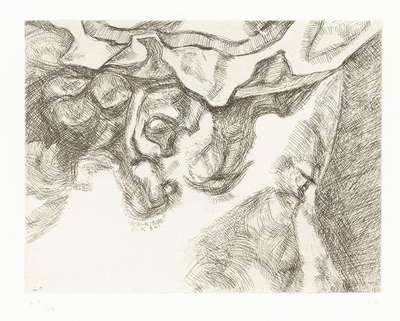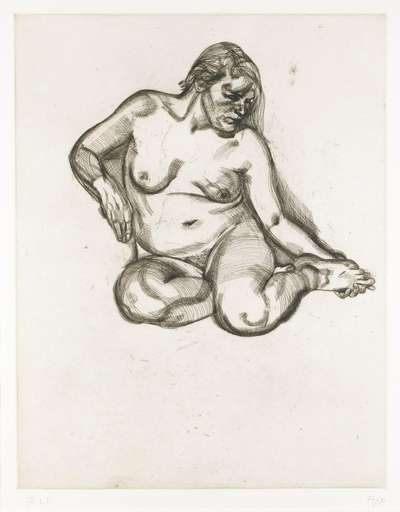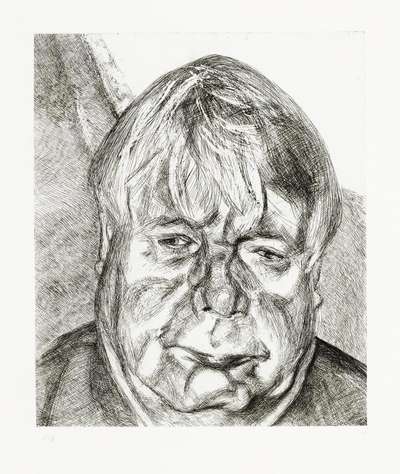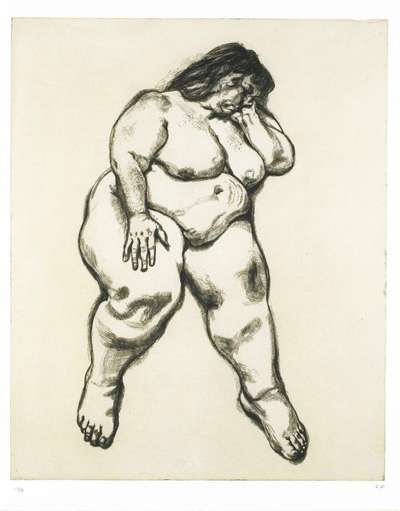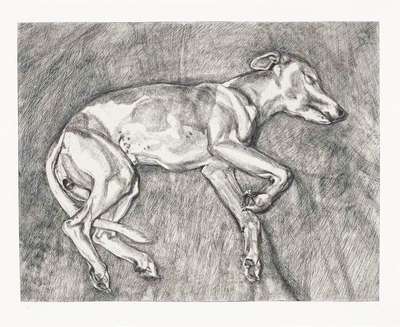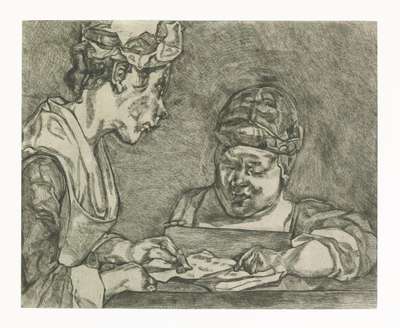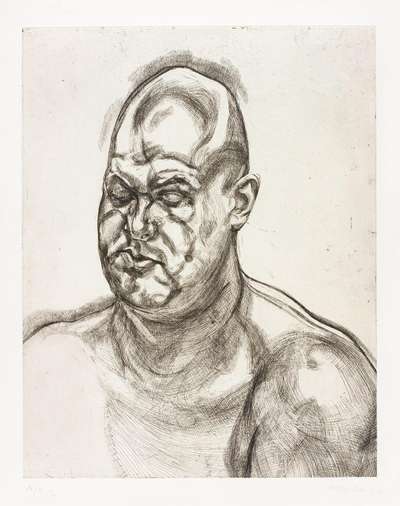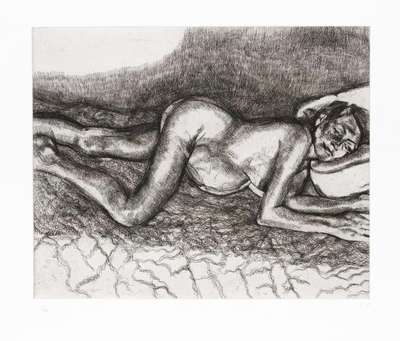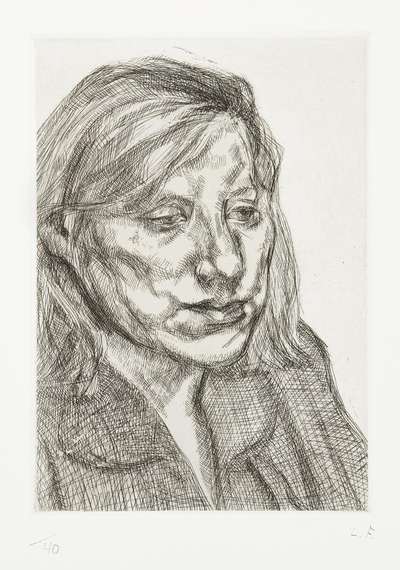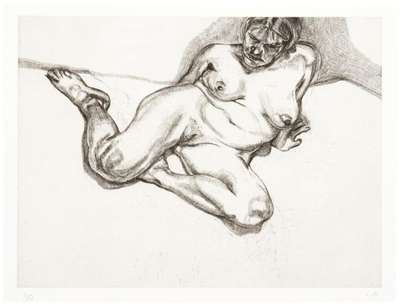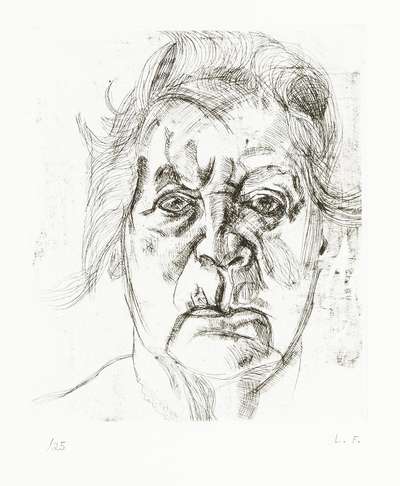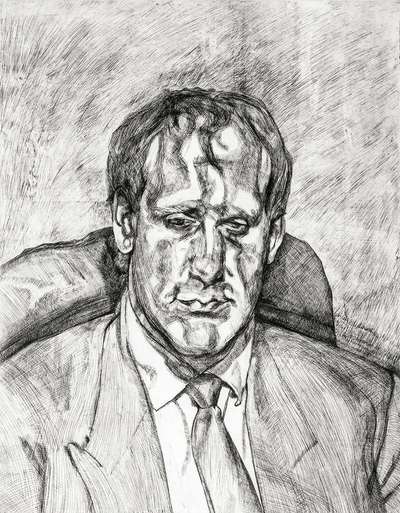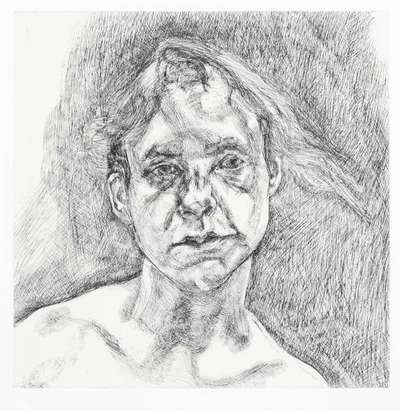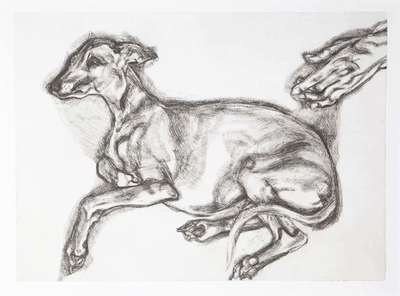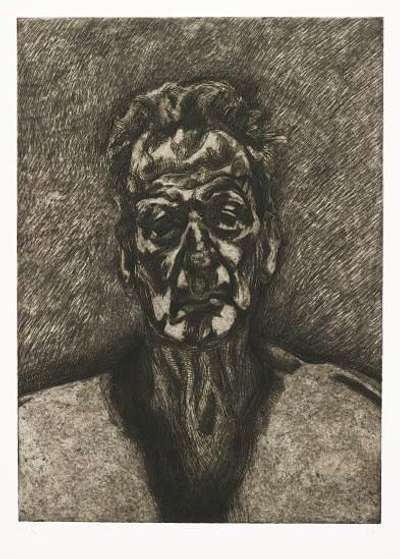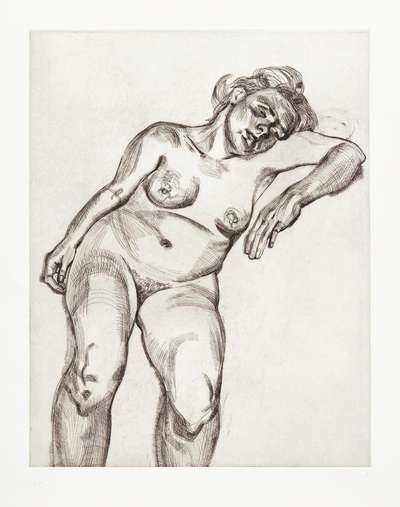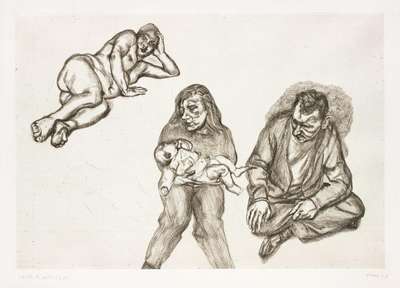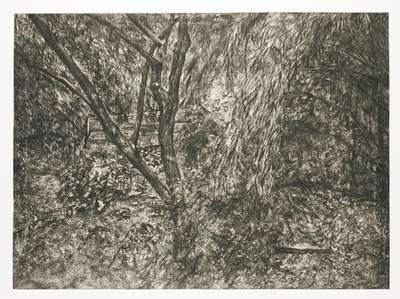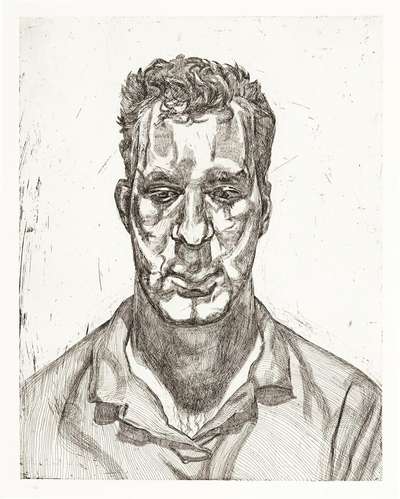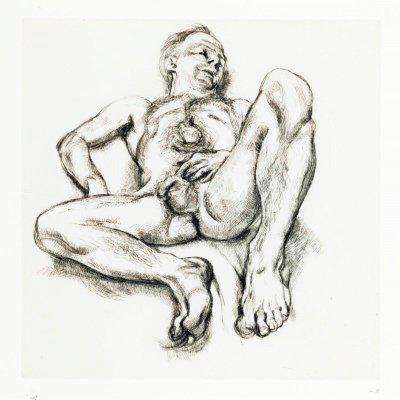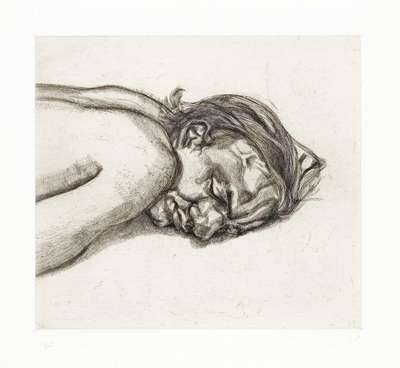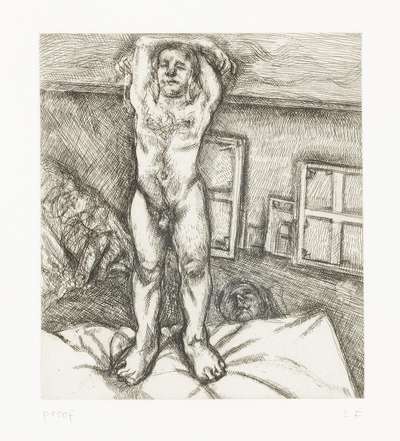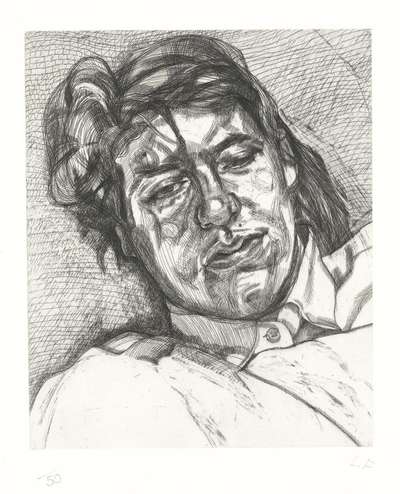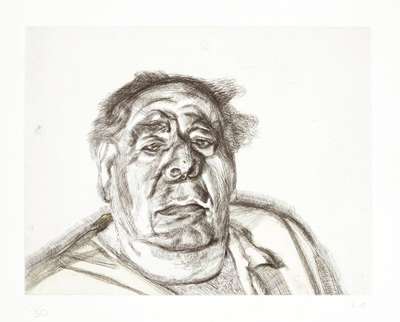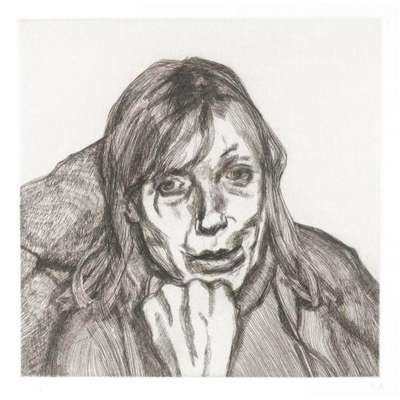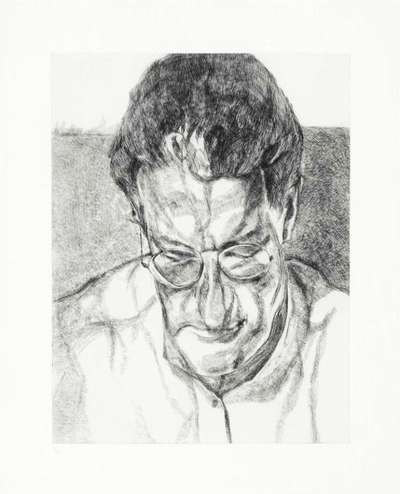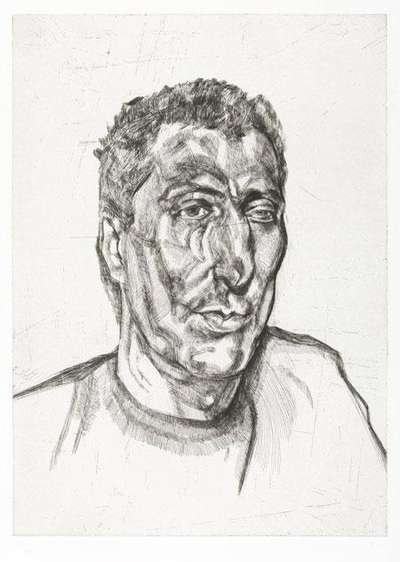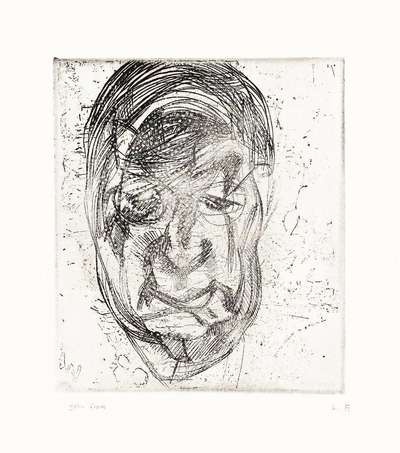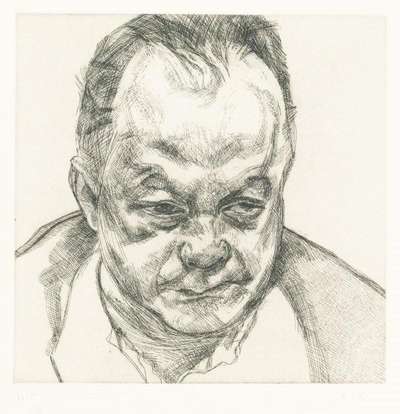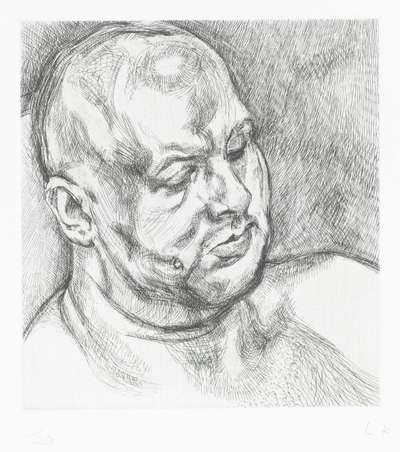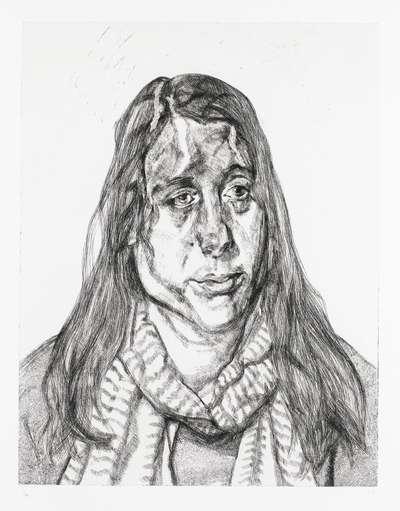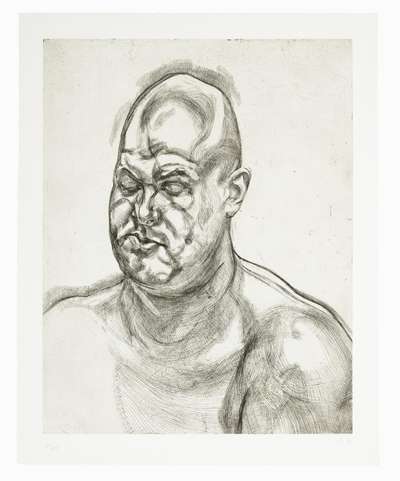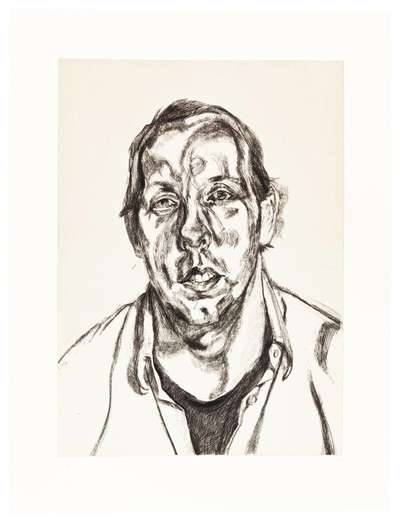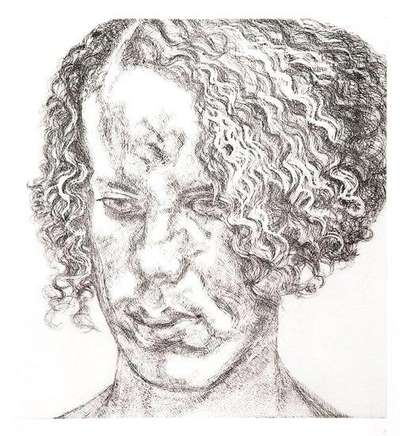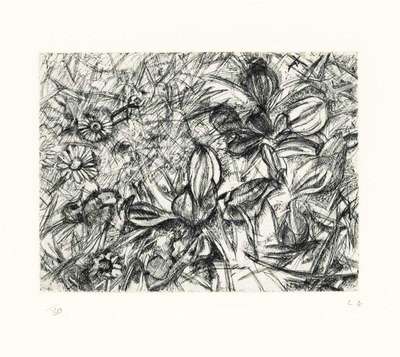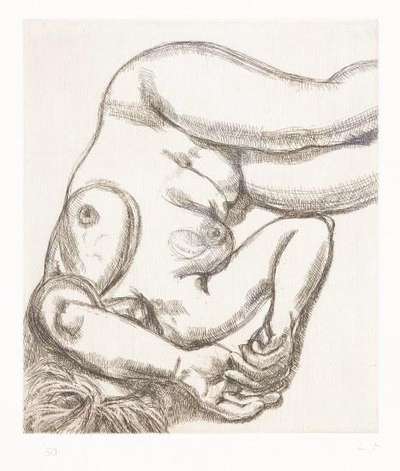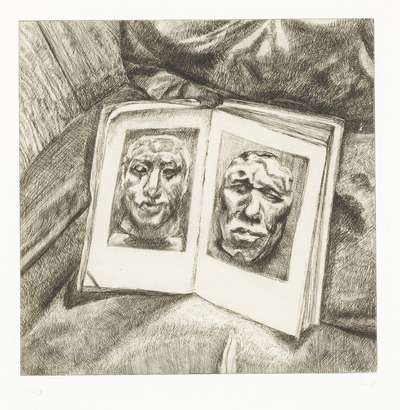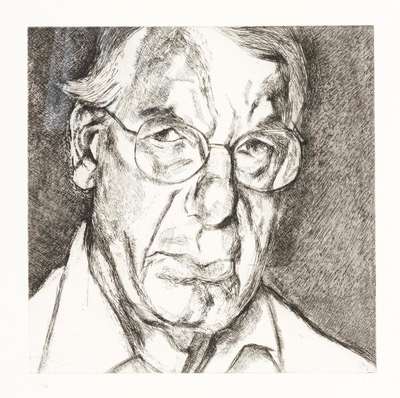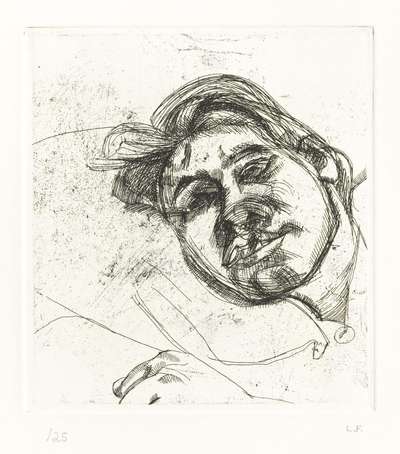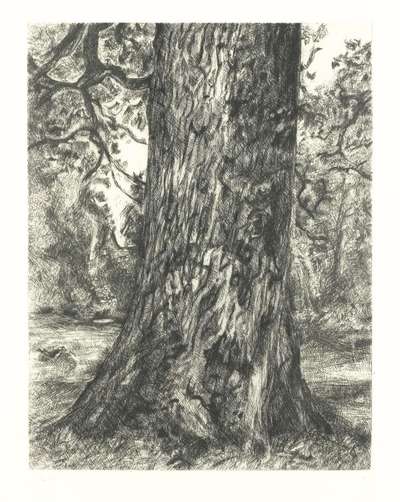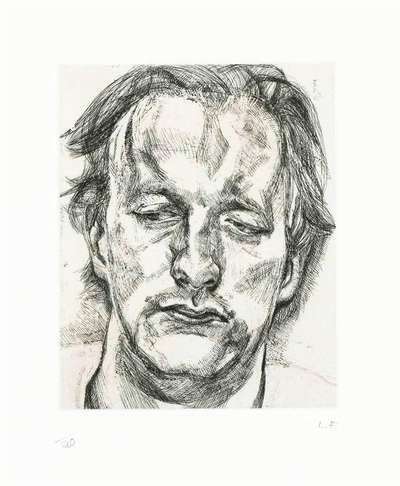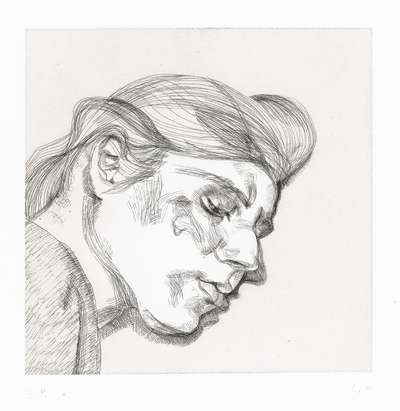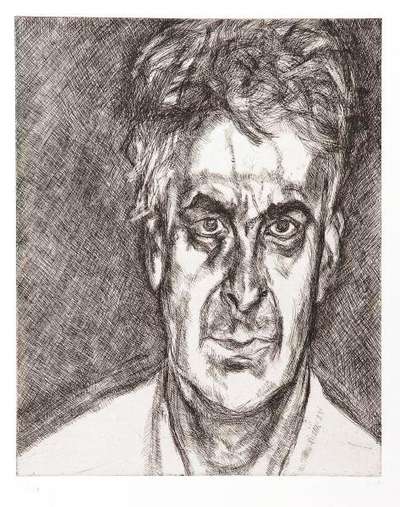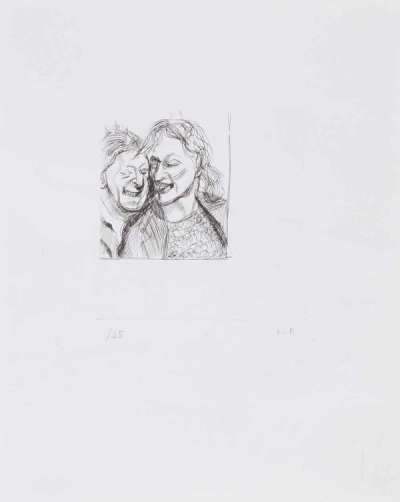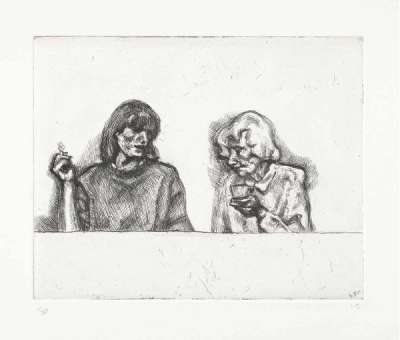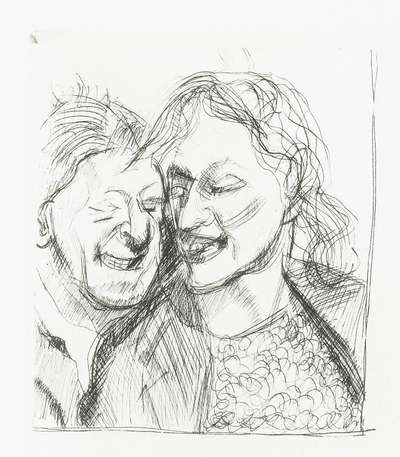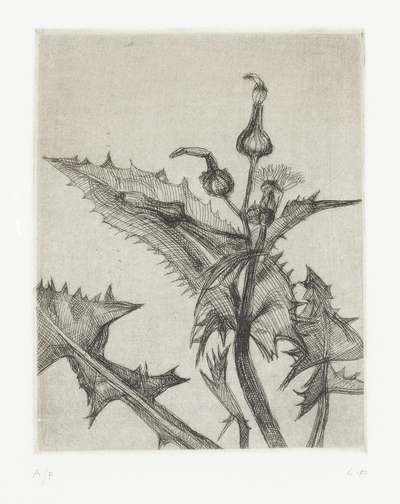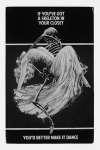Lucian
Freud
Lucian Freud, one of the 20th Century’s most celebrated painters, is known for his piercing, unflinching portraits of the human body. If you’re looking for original Lucian Freud prints and editions for sale or would like to sell, request a complimentary valuation and browse our network’s most in-demand works.
Notable collections
Lucian Freud art for sale
Discover Lucian Freud prints for sale, exclusively available through our private network of collectors. Explore signed and unsigned screenprints, lithographs, digital prints, and rare editioned proof prints by era-defining blue chip artists.
Sell Your Art
with Us
with Us
Join Our Network of Collectors. Buy, Sell and Track Demand
Biography
Lucian Freud, grandson of famed psychoanalyst Sigmund Freud, was a German-born artist famed for his penetrating life studies. Over his 60-year career, Freud’s work set a new standard for the representation of the human flesh and of the Nude, confronting psychological and imperfect physical aspects of the human body - often through his thick impasto technique. Remaining consistent in style and in unflinching intensity, Freud painted only himself, close friends, and family - maintaining his reputation as an extremely private individual.
Born in Berlin in 1922, Freud moved to England with his family in 1933 to escape the rise of Nazism. Here, he attended Goldsmiths College from 1942. His early works are often considered to be influenced by Surrealism and feature absurdist motifs such as a bloated stuffed zebra and a palm tree. Soon, however, he began to privilege images of the human form, which led him to leave to the side these early Surrealist and absurdist motifs.
Despite a well-received first solo exhibition at the Lefevre Gallery in 1944, it was only in the 1950s that a fascination with the human flesh began to dominate Freud's work, marking the beginning of his widespread success.
Girl with a White Dog, (1950-51) attests to the development of Freud’s signature style. The muse is Freud’s own wife, Kitty Garman, who reclines on a sofa facing the viewer directly. Despite the flatness and Freud’s signature analytic distance from the sitter, the clear focus on her exposed skin suggests a sense of intimacy with her body that would come to define his later nude portraits.
Soon, this interest in the human form led the artist to make a number of self-portraits, where the expressive brushstrokes and harsh texture reflect a sense of internal critique and turmoil. For instance, in his famous 1985 Reflection, painted when the artist was 63 years old, the layers of paint highlight Freud’s unflinching approach to his own haggard, sagging skin.
In another example, Benefits Supervisor Resting (1994) Freud’s hyperfixation on the tonal components of the flesh is well-evident. The work is part of a series depicting sitter Sue Tilley, a government worker, whom he used to essentially reimagine the classical recumbent nude. Looking at the image, one’s eye cannot help but travel across the unflattering study of the folds and textures of the human form. While all of the works from this series have been well received, this particular portrait is considered to be the ultimate Freud artwork, with Brett Gorvy describing the work as ‘reud’s masterpiece…[it] proclaims him as one of the greatest painters of the human form in history, alongside Rembrandt and Rubens.'
